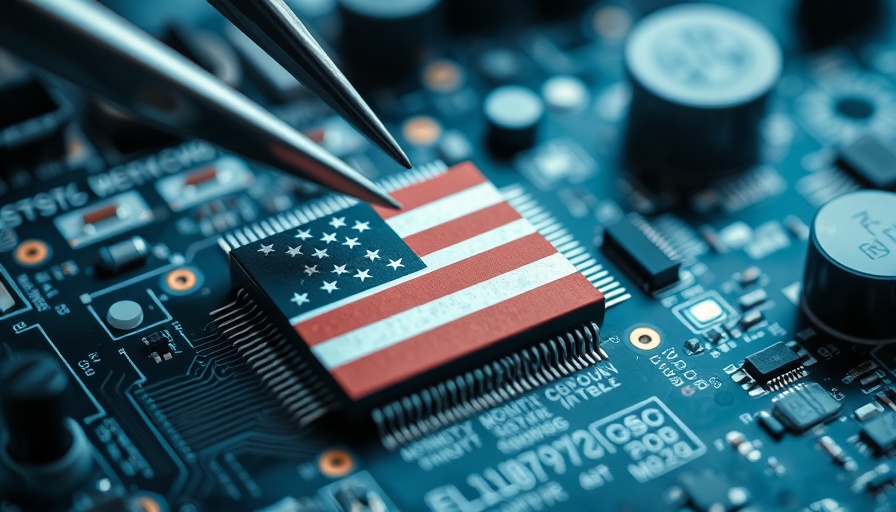
Understanding the CHIPS Act and Its Impact on Contractors
The CHIPS Act, which stands for Creating Helpful Incentives to Produce Semiconductors for America, was signed into law to bolster domestic semiconductor manufacturing. For contractors and businesses in related sectors, the act represents a significant opportunity; however, its rollout has raised questions about access and equity among various contractors, particularly when it comes to bidding for lucrative government contracts.
What Open-Shop Contractors Hope to Gain
Open-shop contractors, who operate without union agreements, have expressed optimism that the CHIPS Act will eventually change the landscape of eligibility for contracts. Organizations like the Associated Builders and Contractors (ABC) are advocating for adjustments that would allow more of these contractors to compete for project contracts. They argue that the open-shop model fosters competition, which can lead to better prices and services for public projects.
The Role of Advocacy in Legislation
As the ABC pushes for broader access under the CHIPS Act, their efforts underscore a critical trend in how smaller, open-shop contractors are gaining visibility and voice within the political landscape. Advocates are pushing for an environment that encourages participation from all contractor types, not just those tied to labor unions. This inclusive approach is vital in fostering competition and ensuring taxpayer dollars are spent efficiently.
Economic Rationale Behind Expanding Access
Expanding contract access to open-shop contractors is not just a matter of fairness; it also makes economic sense. The construction industry relies heavily on a mixture of union and non-union workforces. Allowing more contractors to participate in significant projects can drive down costs and stimulate local economies, which is crucial for community resilience.
Opposition Views: A Balanced Debate
While many support the proposal to widen access, there are those who argue that the existing systems ensure quality and safety. Unions have raised concerns that expanding access to non-union contractors could lead to a lack of standardization in labor quality. This ongoing debate highlights the importance of ensuring that any changes also prioritize safety and workmanship quality.
Future Predictions: The Construction Landscape Post-CHIPS
Looking ahead, the implications of the CHIPS Act will likely set a precedent for future legislation affecting the construction industry. If successful, open-shop contractors may find themselves more regularly securing substantial contracts, fundamentally shifting the dynamics of the industry. The outcome will not only ripple through the economic ecosystem but may also reshape labor relations in the construction sector.
Investing in Knowledge: What It Means for Home Service Contractors
As home service contractors observe these legislative shifts, the CHIPS Act highlights the importance of understanding and engaging with policy changes. Home service providers can benefit from being aware of these developments, as they may lead to new opportunities to bid for larger projects and contracts in the coming years.
Taking Action: What Contractors Can Do Now
For contractors eager to tap into the opportunities created by the CHIPS Act, now is the time to get involved. This means staying informed on legislative changes, joining advocacy groups like ABC, and considering alliances with other contractors. By fostering relationships and knowledge networks, contractors can position themselves favorably as funding becomes available.
The CHIPS Act holds significant potential for reshaping the contractor landscape. Engaging with these changes can yield substantial opportunities for growth and expansion in the ever-evolving market of home services.
Engage with Your Community: Share Your Thoughts! If you're a contractor looking to connect with peers on opportunities under the CHIPS Act, consider joining local trade groups or forums. Participation is key to navigating these changing landscapes effectively.
 Add Row
Add Row  Add
Add 




Write A Comment